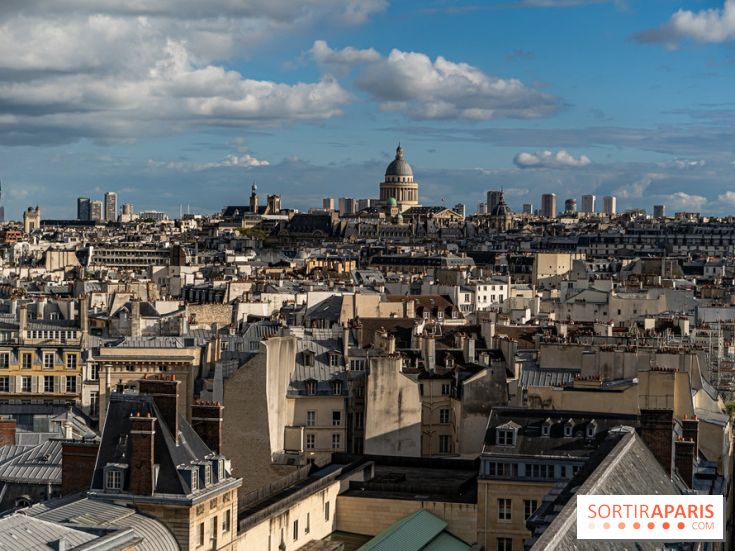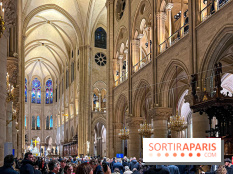Pont-Neuf gets a makeover! The latest stage in the renovation of the Pont-Neuf will see the restoration of the railings, a number of buttons and the retaining walls of the Place du Pont-Neuf, on which the equestrian statue of Henri IV is enthroned , with scaffolding installed at the level of the median separating the bridge in two.
Now that the arches have been restored and the bridge reinforced, it will take another 7 months of work before the bridge is as clean as a wh istle! In addition, glass panels will replace the grilles, to prevent lovers from using padlocks, as they did on the Pont des Arts .
By the way, you're probably familiar with this anecdote: despite its name, the Pont-Neuf is the oldest existing bridge in Paris. But do you know its history? The Pont-Neuf links the Right Bank to the Left Bank, passing through the western end of theIle de la Cité. Work began in 1578 under Henri III, but was halted between 1588 and 1598 due to the Wars of Religion, and was completed in 1604.
Henri IV, who was responsible for inaugurating it, gave the Pont-Neuf its name , as opposed to the old bridges of Paris. At the time, the Pont-Neuf was different from the other bridges in the capital. As well as being the first stone bridge to span the entire Seine, the Pont-Neuf was also the first to be equipped with sidewalks to protect Parisians from mud and horse-drawn carriages. It's also worth noting that the Pont-Neuf was the first bridge in Paris not to be covered - meaning that no houses were built on it, unlike the other bridges in Paris. Until 1854, only a few stores stood on its half-moon turrets.
In 1604, Henri IV had the Samaritaine pump built on the Pont-Neuf, to supply water to the Palais du Louvre, the Tuileries Palace and its garden. The pump was destroyed under Louis XVI, but gave its name to the famous department store nearby.
In 1614, four years after the assassination of Henri IV, Marie de Médicis commissioned Jean de Bologne to create an equestrian statue of Henri IV. The statue, placed on the Île de la Cité at the end of the Pont-Neuf, was melted down during the French Revolution to make cannons. The statue you can see today is not this one, but another equestrian statue of Henri IV, created by Lemot after a model by Bologna and inaugurated in 1818.
Classified as a historic monument in 1889, the Pont-Neuf is recognizable by its 12 arches and its many grimacing masks, engraved in stone - mascarons, of which there are 384!



















